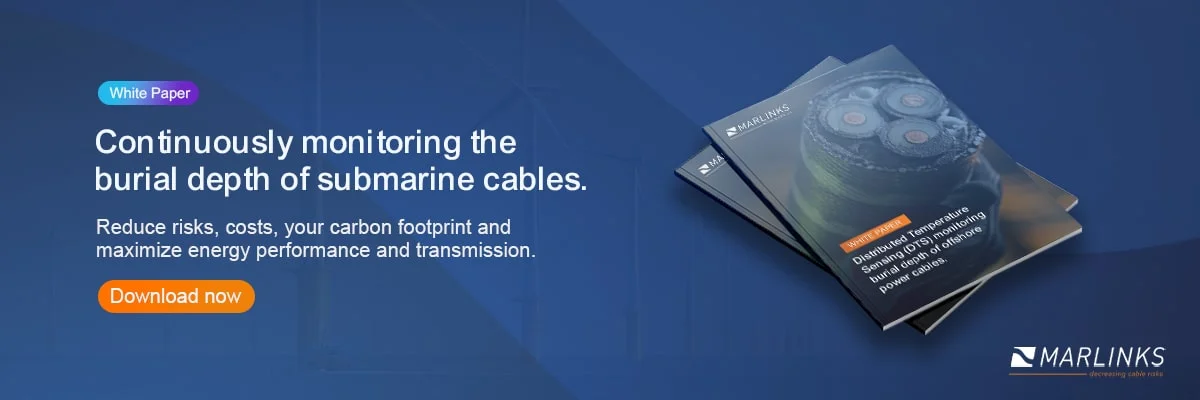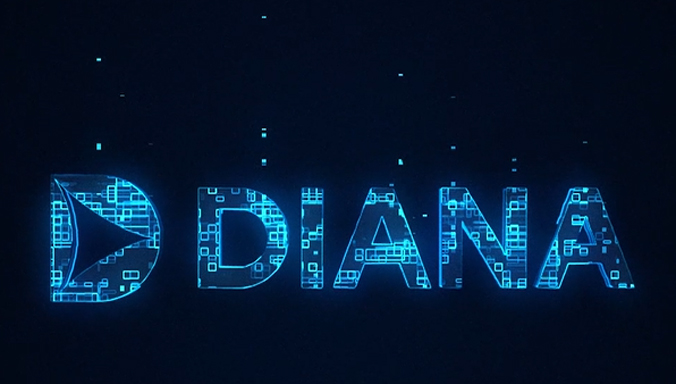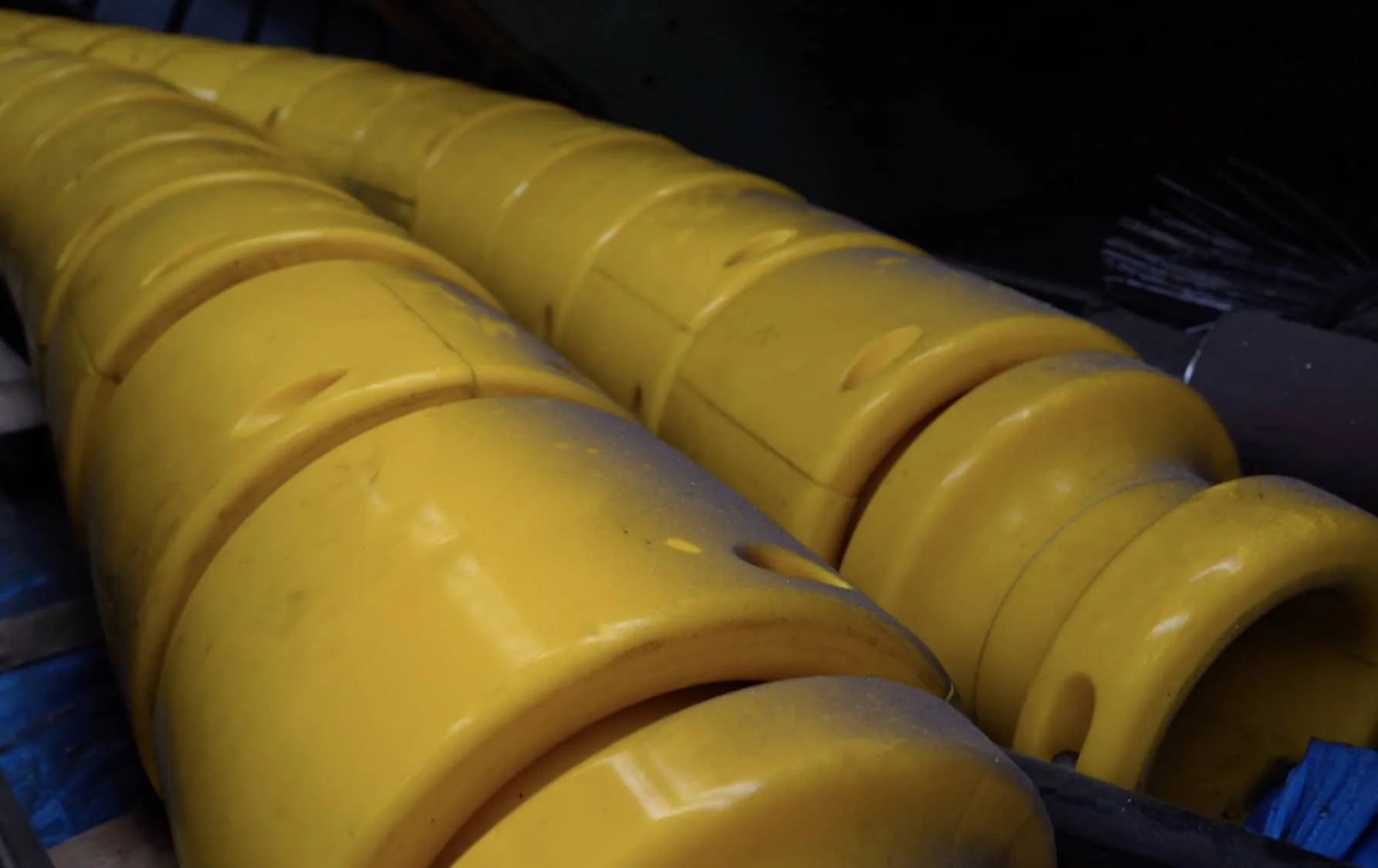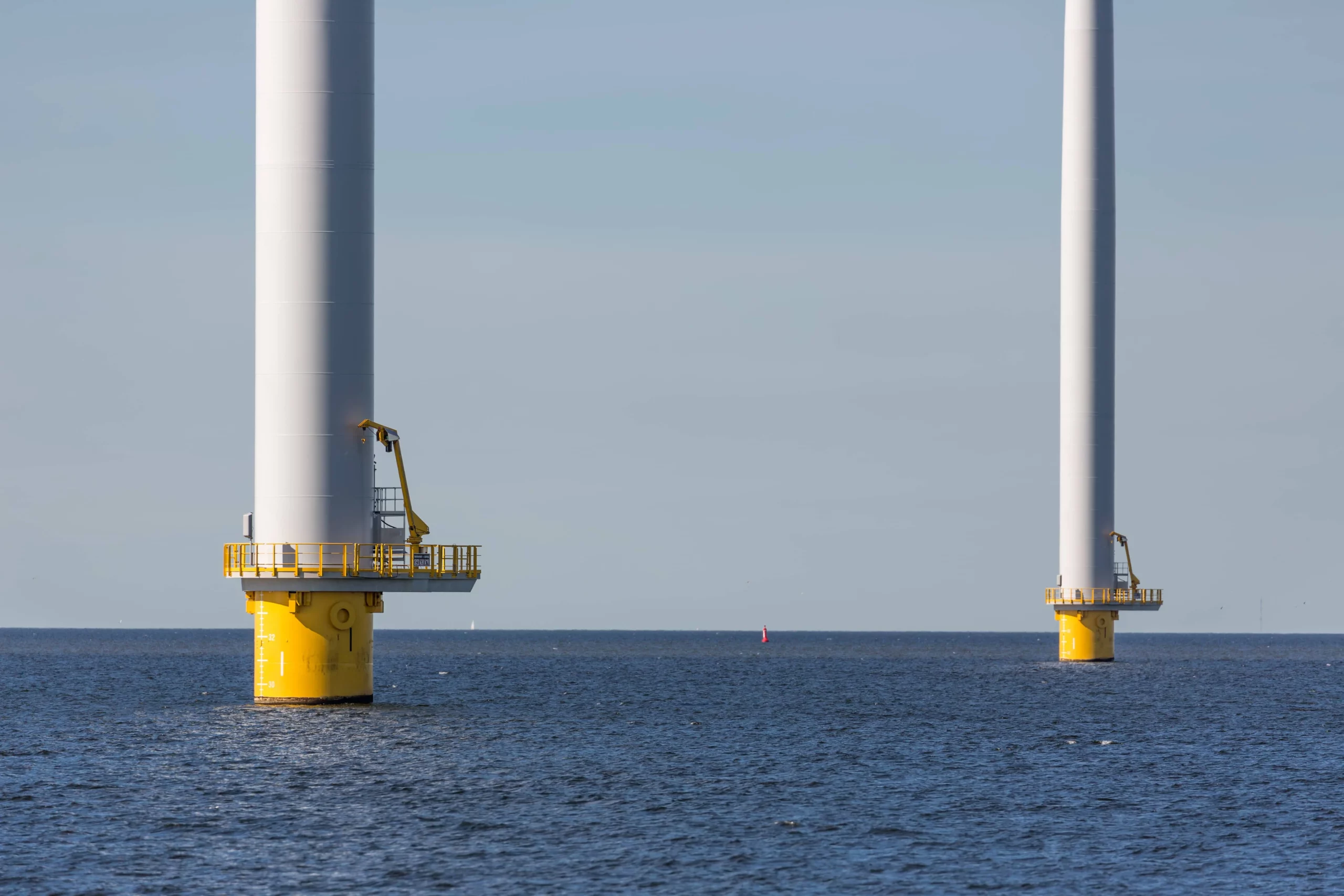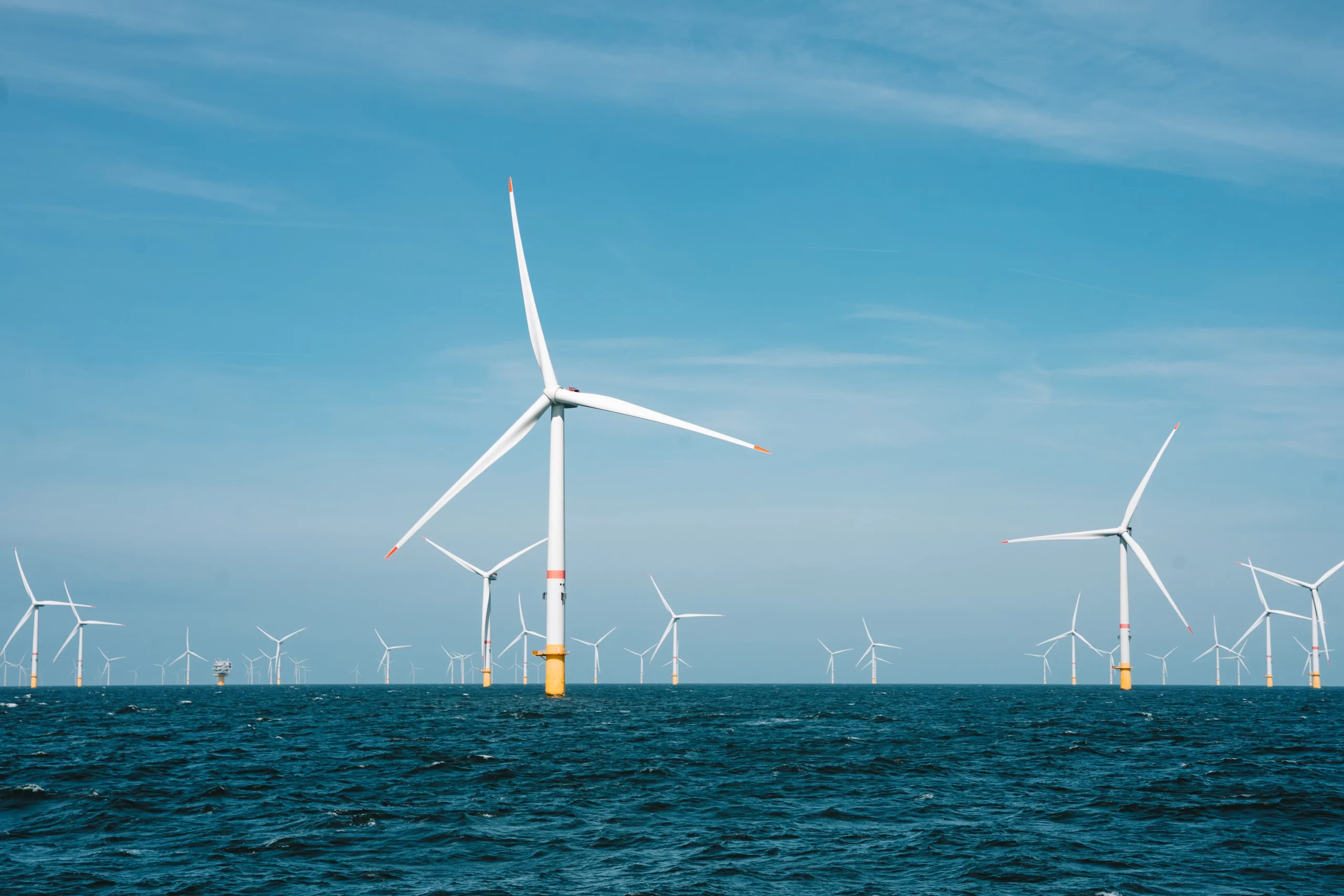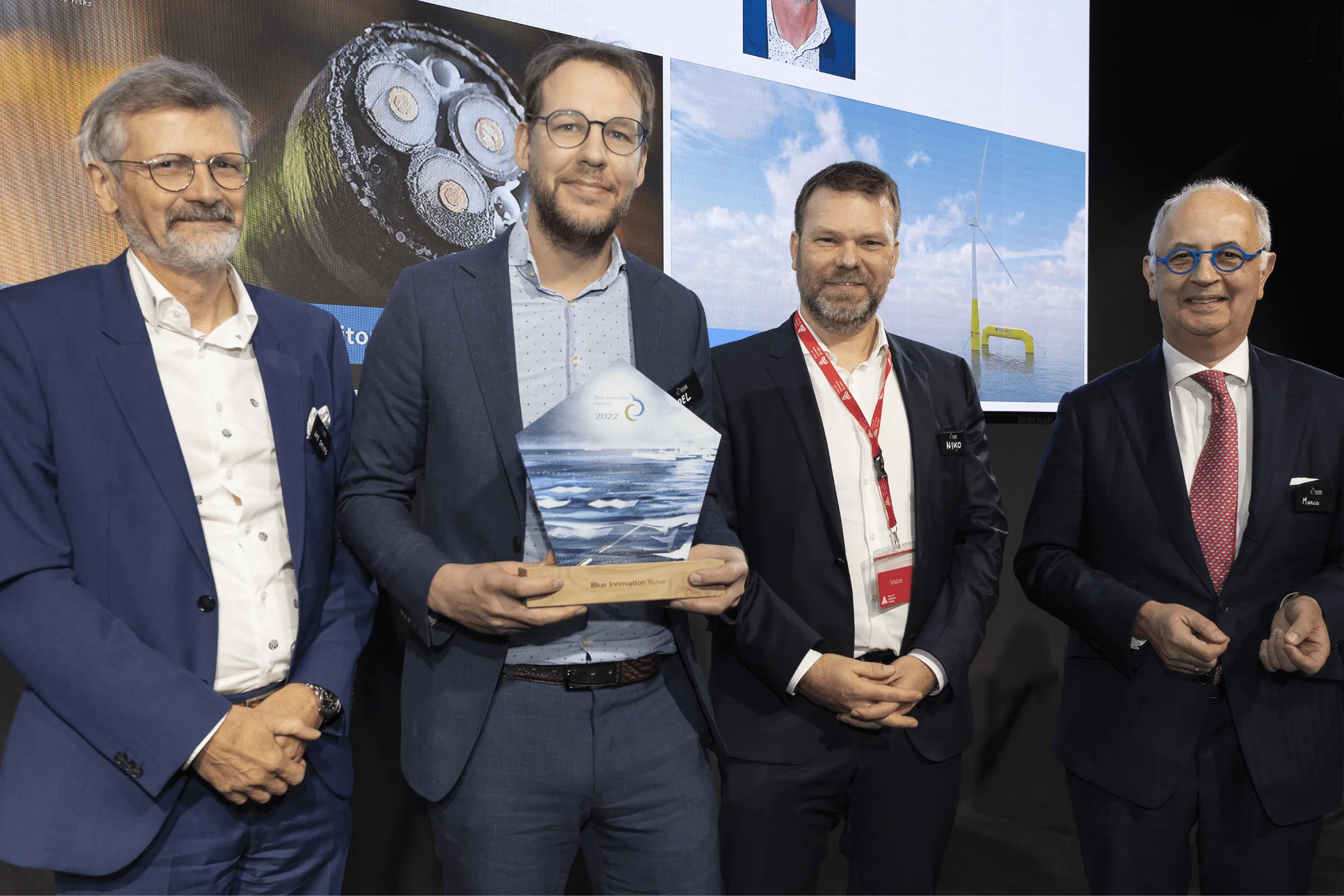Why submarine cable monitoring matters to insurers.
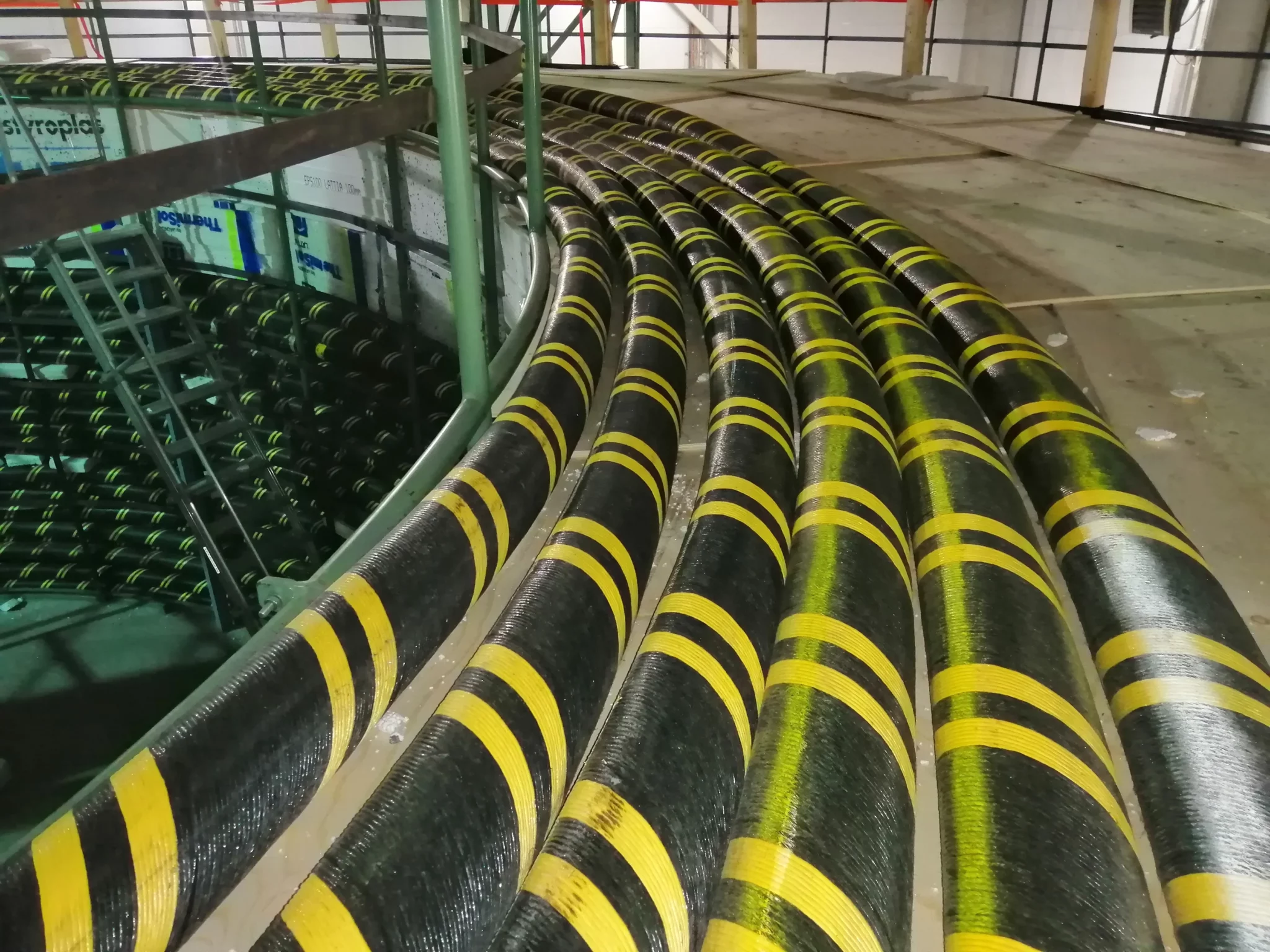
As the need for renewable energy sources increases, so do damage claims of offshore wind farms. Facing the brunt such claims, insurance companies are turning to submarine cable monitoring. Over 80% of insurance claims were due to cable damage.
As the need for renewable energy sources increases, so do damage claims of offshore wind farms. Facing the brunt such claims, insurance companies are turning to submarine cable monitoring.
Many factors expose offshore power cables to damage and outages. The seabed is a dynamic environment and the ocean is home to numerous unexpected events such as anchoring, fishing, cable overheating, boat traffic etc.
In [2020] alone, over 80% of insurance claims were due to cable damage. As wind farms are constructed in ever deeper waters around the globe, this number is expected to rise.
That is why insurers are increasingly interested in continuous submarine cable monitoring. Continuous monitoring allows O&M teams to observe evolutions and intervene before disaster strikes. With appropriate procedures in place, wind farm owners can reassure insurers that cable failures are less likely to take place, or that repairs can at least be planned. In turn, such reassurance will allow insurers to potentially lower their premiums.
The traditional approach for inspecting the health of a submarine cable.
Traditionally, these cables are inspected once a year by a survey vessel and often an unmanned vehicle. Surveys are expensive and only provide a single snapshot of the situation. If a cable gets exposed by a storm at sea, this will only be picked up at the next survey date, up to one year after the fact.
By continuously measuring temperature inside the submarine cable using the embedded fiber optic cable as a proxy, it is possible calculate the cable’s depth of burial up to 26 times a year, without the risk, cost and planning involved in sending a survey crew.
Learn more about Marlinks.
Are you an insurer or are you responsible for the health of submarine cables? Let’s have a chat at sales@marlinks.com and we will be happy to help you.
